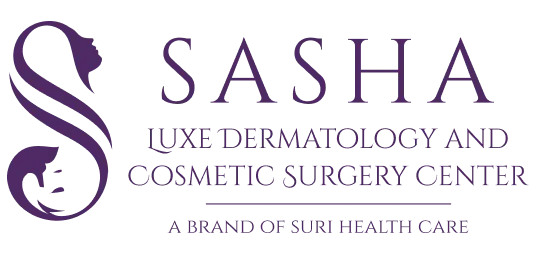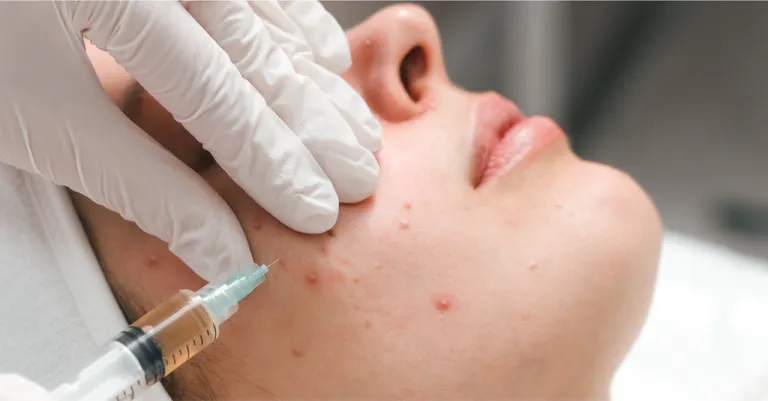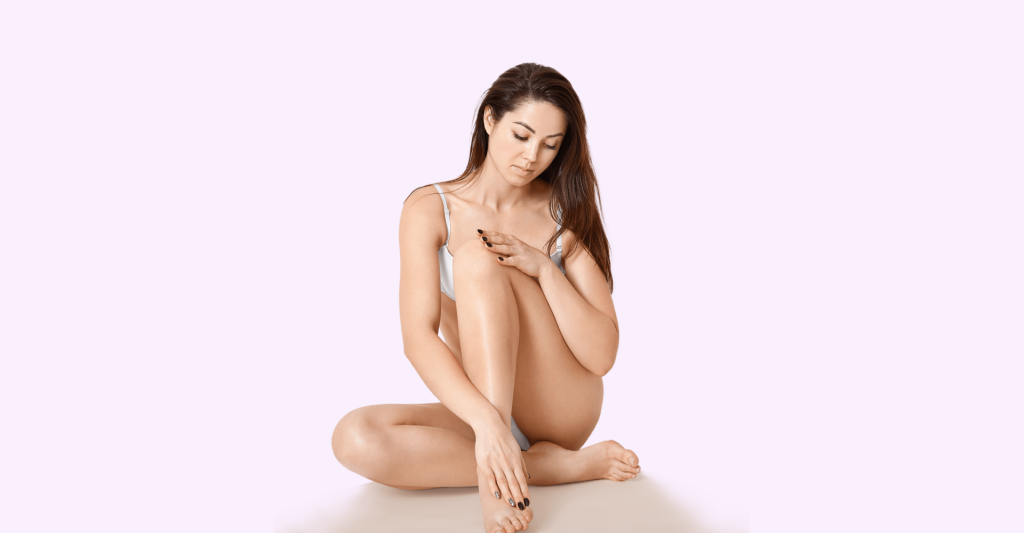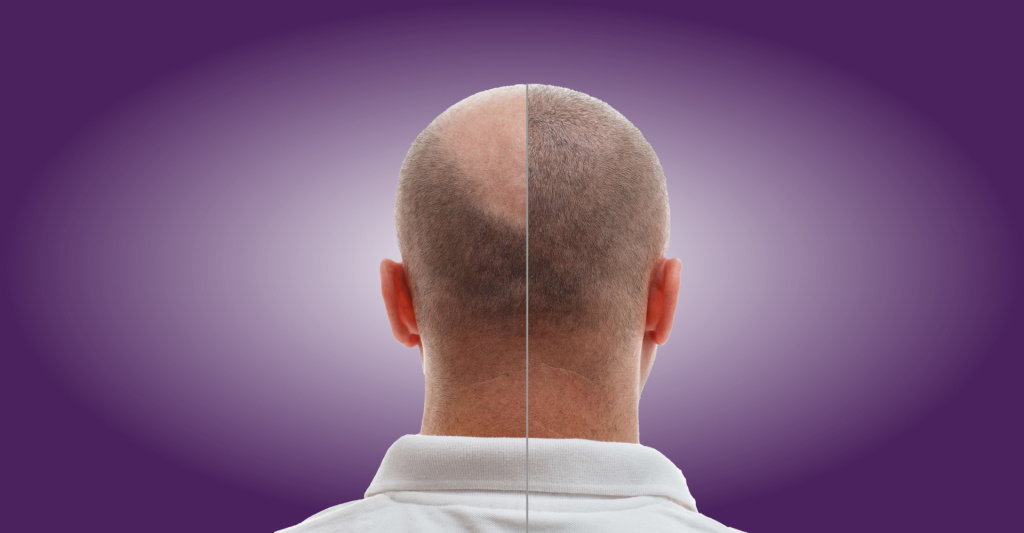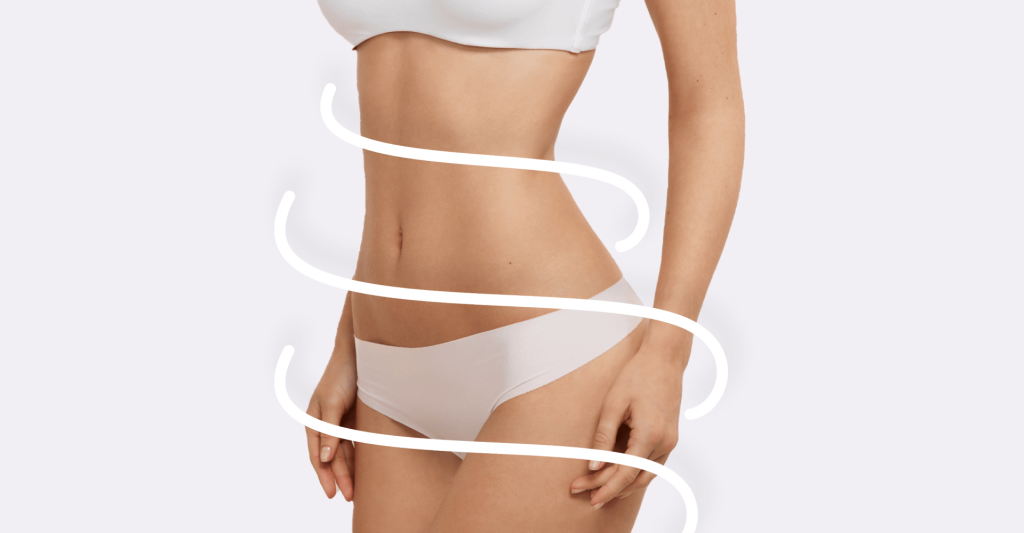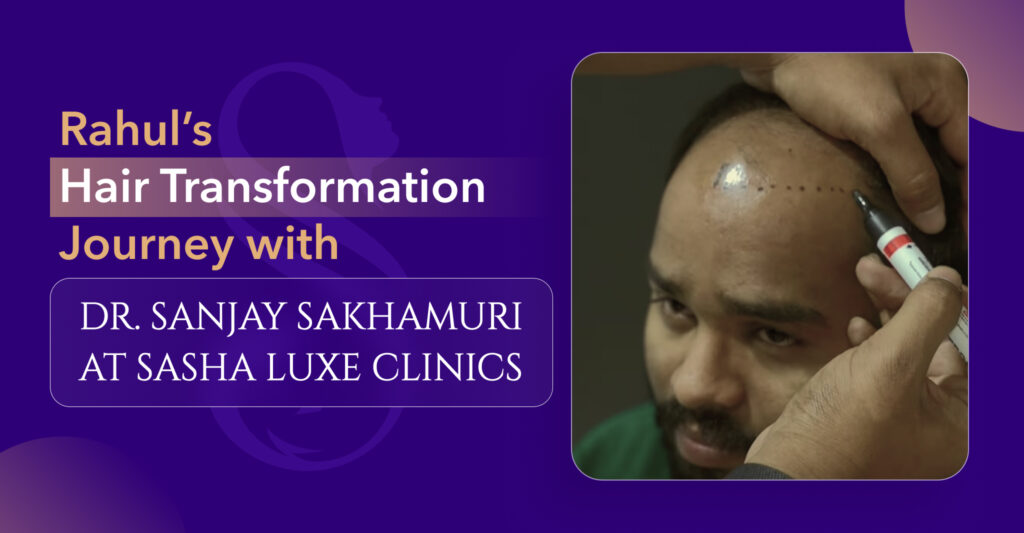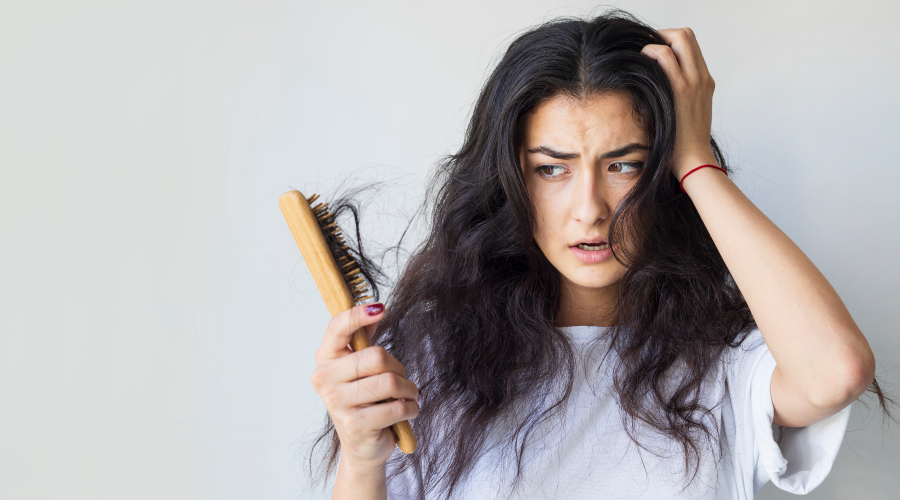Acne, an unwelcome visitor that affects our skin’s harmony, comes in different forms. Among them, bacterial acne and hormonal acne stand out prominently. These two distinctive types of acne are often perplexing, demanding clarity for effective management and treatment. So, let’s discuss bacterial acne vs hormonal acne in detail to understand them and choose the right course of treatment.
Bacterial Acne
Bacterial Acne is Caused by Which Bacteria?
Bacterial acne earns its name from the prime culprit behind its occurrence – the notorious Propionibacterium acnes (P. acnes) bacteria. Interestingly, this bacterium is a normal resident of our skin, mostly harmless. However, when conditions are favorable, such as excess oil and pore congestion, P. acnes takes advantage, multiplying rapidly and leading to the formation of those familiar pimples.
Causes and Triggers of Bacterial Acne on Face
- Excessive Sebum Production: Sebaceous glands naturally produce sebum, which hydrates our skin. However excessive sebum, often influenced by factors such as genetics, hormones, and diet, can clog pores, providing a breeding ground for bacteria.
- Dead Skin Cells: Skin cells shed continuously. If they build up and mix with sebum, they can clog pores and create a welcoming environment for bacterial growth.
- Inflammation: Immune responses to bacterial presence trigger inflammation, leading to redness and swelling around acne spots.
- Hygiene Matters: While hygiene isn’t the sole culprit, neglecting regular cleansing can contribute to bacterial acne. Proper cleansing helps thwart excess oil, dirt, and dead cells from worsening the situation.
Hormonal Acne
Hormonal acne, as the name implies, dances to the tune of hormones, especially androgens like testosterone. These hormones, predominantly active during puberty, can set the stage for hormonal acne by stimulating sebaceous glands to produce more oil, a pivotal player in acne formation.
Causes and Triggers of Hormonal Acne:
- Puberty: Adolescence experiences a hormonal surge, and heightened androgen levels lead to elevated oil production, laying the foundation for acne.
- Menstrual cycle: Hormonal fluctuations can trigger acne in women. Typically, breakouts cluster around the chin, jawline, and lower face just before periods.
- The PCOS Connection: Polycystic Ovary Syndrome (PCOS) brings escalated androgen levels, resulting in persistent acne alongside irregular periods and unwanted facial hair.
- Pregnancy: Pregnancy orchestrates significant hormonal changes, either worsening or alleviating acne, depending on individual responses.
How to Tell if Acne is Hormonal or Bacterial?
Differentiating bacterial and hormonal acne can be perplexing, given their similar appearances. However, several cues can guide accurate identification:
- Breakout Zones: Bacterial acne typically invades the forehead, nose, and cheeks, while hormonal acne prefers the chin, jawline, and lower face.
- Timing: Hormonal acne often adheres to a cyclic pattern, intensifying before menstruation and subsiding afterward. Bacterial acne tends to be more consistent.
- Age: Bacterial acne commonly troubles teenagers, while hormonal acne can persist into adulthood, notably among women.
- Treatment Tendencies: Over-the-counter products containing ingredients like benzoyl peroxide and salicylic acid suit bacterial acne, while hormonal acne may require specialized interventions like oral contraceptives (for women) or hormone-targeting medications.
| Characteristic | Bacterial Acne | Hormonal Acne |
| Location of breakouts | Forehead, nose, cheeks | Chin, jawline, lower face |
| Pattern and timing | Inconsistent – No specific pattern | Cyclical – may worsen before menstruation |
| Age and gender | Common in teens and young adults, both genders | Common in adulthood, especially in women |
| Response to treatment | Can be treated with topic treatments | May require specialized treatments |
| Severity | Persistent and varying in severity | Chronic, if not addressed |
| Additional symptoms | Discomfort, inflammation, red pimples with pus | Breakouts, irregular periods, etc. |
Strategies for Tackling Bacterial and Hormonal Acne
Bacterial Acne on Face
- Cleansing Ritual: Regular cleansing, while not a cure-all, assists in maintaining clean skin by removing excess oil and debris.
- Topical Treatments: Over-the-counter products with benzoyl peroxide, salicylic acid, or sulfur can curb bacterial growth and unclog pores.
- Prescription medication: Dermatologists may prescribe topical or oral antibiotics for severe cases, addressing bacterial multiplication and inflammation.
Hormonal Acne on Face
- Expert Advice: Suspecting hormonal acne warrants a dermatologist consultation, ensuring precise diagnosis and tailored treatment.
- Contraceptive Use: Specific birth control pills, catering to women, aid in hormonal regulation and acne reduction under medical supervision.
- Anti-Androgen Medication: In severe hormonal acne instances, anti-androgen medications like spironolactone counteract androgen impact.
- Skincare: A consistent skincare routine, aligned with your skin’s nature, coupled with gentle products, plays a pivotal role in managing hormonal acne.
Conclusion
In the journey of comprehending bacterial acne vs hormonal acne, knowledge is the biggest weapon because it helps you understand your skin condition and seek treatment accordingly. With insights and expert guidance, you can navigate the route toward healthier, happier skin.
At Sasha Clinic, we have top dermatologists in Hyderabad who will guide you along the right path based on your skin type and condition. We invite you to visit our website for more details and to book an appointment.
